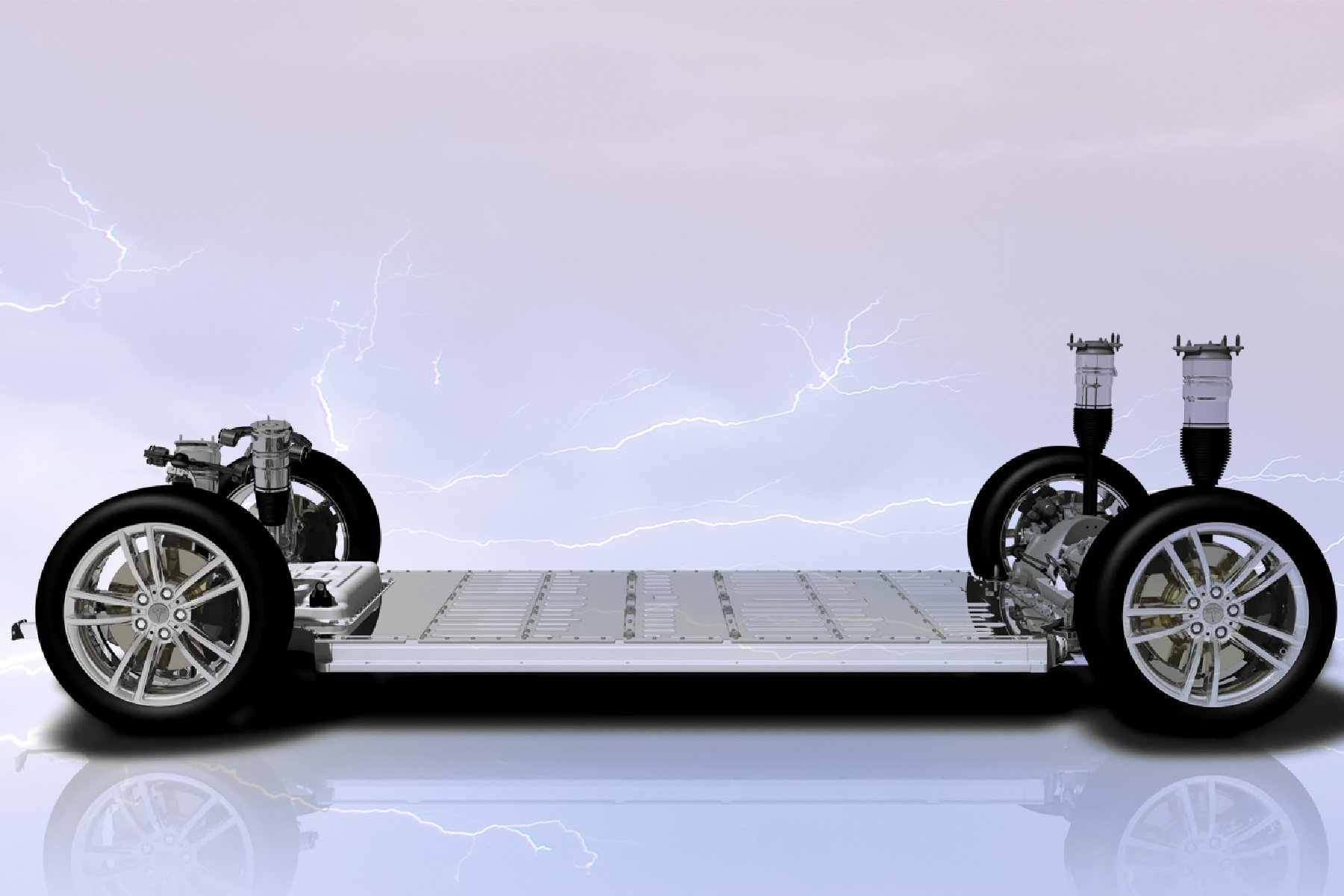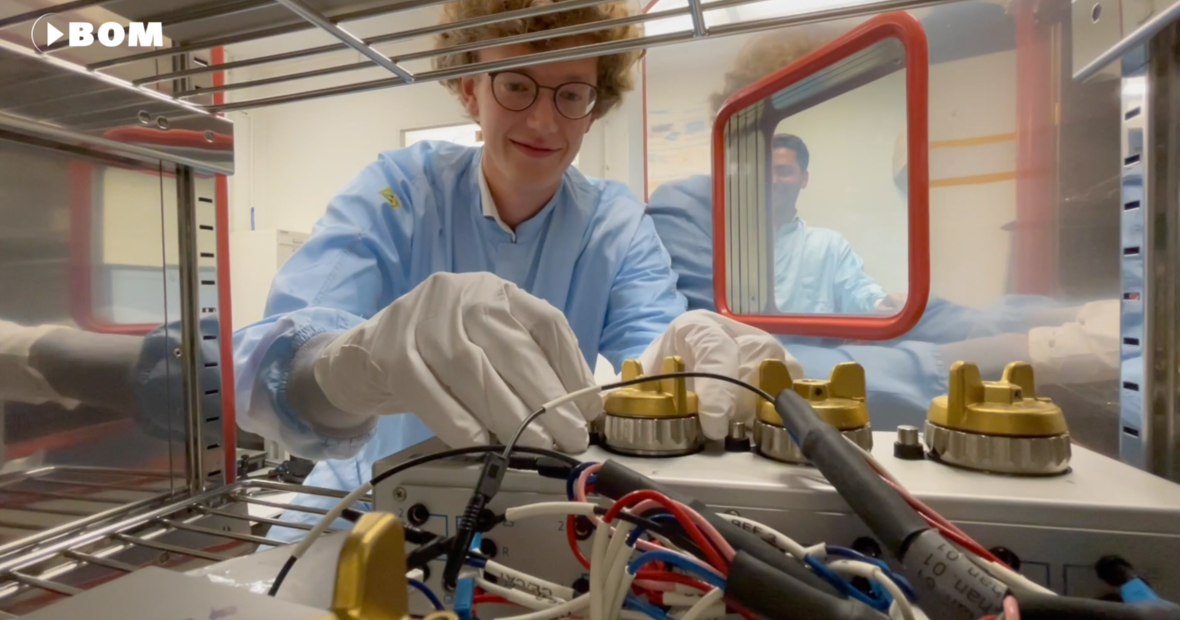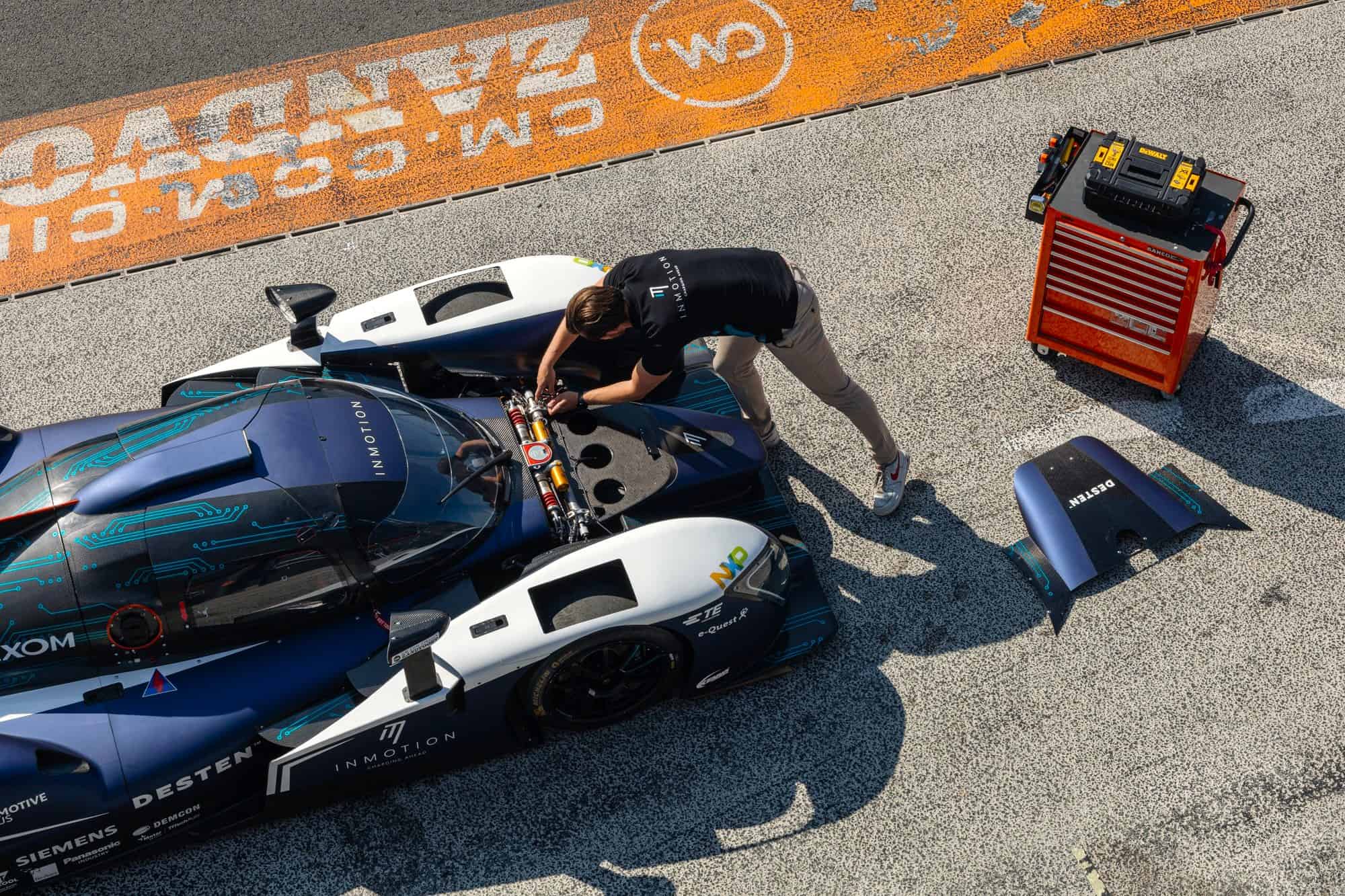
Do you remember? When cordless electronics could only be used for flashlights, walkie-talkies, and some military equipment? When batteries used to be bulky, heavy, and would always end up in a landfill when empty? Battery technology is in flux – let’s take a better look.
Things are completely different now. Batteries are everywhere, from your earbuds to your car. Everything is electric and almost nothing is permanently attached to the grid. This is possible due to major advances in battery technology. But our constantly updated wish for electronic freedom also demands more innovation. We need lighter and cheaper batteries that store more energy. So where do we come from, what is the current state of tech, and what does the future hold for us?
Battery Technology without cobalt
Currently, different variations of Lithium-Ion batteries are the most popular. This technology is still being developed, both to increase energy density and to decrease certain hard to procure elements. The latest Tesla batteries for instance no longer use cobalt.
Another big thing: current batteries experience wear. Chemical changes inside the battery make them hold less charge over time. Since batteries are often among the most expensive components in modern electronics, the economic lifespan of the whole device is defined by the lifespan of the battery.
Yes, new developments do increase the lifespan of current batteries. However, the holy grail is in solid-state batteries. These do no longer have a liquid or gel electrolyte but are literally solid-state. These batteries have less wear and a much higher energy density. However, there are still a lot of practical issues before solid-state batteries can be produced in large quantities at competitive prices.
In this graph, you see how much more energy Aluminium Air batteries will hold compared to current technologies like Li-ion Phosphate.
But there’s more to know about batteries. Here’s a FAQ, the most frequently asked question about batteries and future battery technology.
What is a battery?
Officially, an electric battery is a device that converts chemical energy into electric energy by means of an electrochemical reaction. For everyday life, it’s a container of energy, to be used when a normal power outlet, like the socket in your home, is out of reach. It is often used for wireless devices like toys or cars. Or your flashlight.
A battery has three major components – the cathode, the anode, and an electrolyte that separates these two terminals. The electrolyte is a chemical that allows an electrical charge to pass between the two terminals. The electrolyte puts the chemicals required for the reaction in contact with the anode and cathode, therefore converting stored energy into usable electrical energy. This reaction provides power to the connected device.
What was the first battery?
The first true battery was invented by the Italian physicist Alessandro Volta in 1800. Volta stacked discs of copper (Cu) and zinc (Zn) separated by cloth soaked in salty water. Eureka!
What is an electrolyte?
An electrolyte is a medium containing ions that are electrically conducting through the movement of ions, but not conducting electrons. But hey, what does that mean for a battery? Depending on the type of battery, the electrolyte can be a liquid or paste-like substance. However, no matter the type of battery, the electrolyte serves the same purpose: it transports positively charged ions between the cathode and anode terminals. Which results in a working toy – or a car that can move around.
What is a solid-state battery?
A solid-state battery is a battery technology that uses solid electrodes and a solid electrolyte. Solid-state batteries are considered the Holy Grail for batteries. A solid-state battery has the potential to improve most of the concerns with present-day Li-ion. The result: higher density, longer life, non-combustible, better design options.
What are the benefits of solid-state battery technology?
Solid-state batteries are considered safer and have a larger energy density. But there is more. The glass solid-state battery can have three times higher energy density by using an alkali-metal anode (lithium, sodium, or potassium) that increases the energy density of a cathode and delivers a long cycle life. A solid-state electrolyte is presumed to be non-combustible or at least resistant to self-ignition. The non-combustible nature of solid-state batteries also reduces the risk of thermal runaway, allowing for a tighter packaging of the cells and consequently improving the design flexibility and volumetric density.
Why don’t we have electric aircraft?
Well, that’s not true, we do have battery-electric aircraft. In fact, the chances are high that for shorter distances (up to 500 kilometers) battery-electric aircraft will become the module of choice. But indeed, batteries make the aircraft quite heavy, which is not what you would want in a plane. Today’s best available lithium-ion battery packs provide around 200 watt-hours (Wh) per kilogram, about 60 times less than current aircraft fuel of the same weight.
Lots of initiatives aim to prove skeptics wrong. Take ELECTRON, for example, this Groningen-based company expects to be carrying passengers to and from London in 2026. ELECTRON aviation will build air taxis that can seat four passengers. The company recently signed a letter of intent with Groningen Airport. “In 10 years we will have 30 hubs for air taxis, spread all over Europe,” says company founder and CEO Josef Mouris.
Can batteries be recycled?
Recycling processes today recover approximately 25% to 96% of the materials of a lithium-ion battery cell. But then, of course, there’s logistics. As long as it’s easier (and cheaper) to just throw away an empty battery, recycling will be too difficult.
What is the environmental impact of lithium-ion batteries?
The extraction process of lithium is very resource-demanding and specifically uses a lot of water in the extraction process. It is estimated that 500,000 gallons of water are used to mine one metric ton of lithium.
How far away are mass-market solid-state EV batteries?
Large solid-state batteries are years if not decades away. Yes. that’s a pity. Of course, we also hope that science and good engineering will help us in the short run already.
Are solid-state batteries available?
Oh, yes. Solid-state batteries have found use in pacemakers, RFID, and wearable devices. They are potentially safer, with higher energy densities, but at a much higher cost.
Current and most promising future battery technology:
| technology | life cycle | charge time | wh/kg min | wh/kg max | ||
| Lead Acid | 250 | 12 | traditional car battery | 30 | 50 | |
| NiCd | 1000 | 1 | populair in the 90s for rechargable batteries | 45 | 80 | |
| NiMH | 400 | 3 | rechargeable AA | 60 | 120 | |
| Li-ion cobalt | 800 | 3 | used in cars and laptops | 150 | 190 | |
| Li-ion Manganese | 800 | 1 | used in cars | 100 | 135 | |
| Li-ion Phosphate | 1500 | 1 | used in cars | 90 | 120 | |
| Aluminium Air | 1 | still in research | solid state | 1300 | 6000 | |
| Zinc Air | 1 | still in research | solid state | 470 | 1370 | |
| Li-S | 1 | still in research | 71 | 500 |








